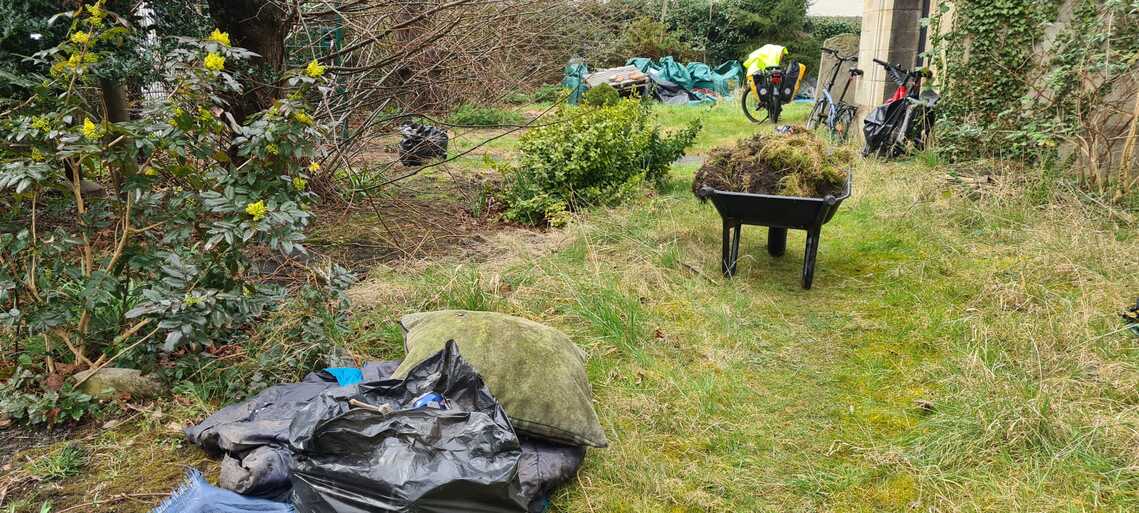This is a critical time for nature in Cambridge because of its rapidly growing population and the resulting impact on biodiversity. Relative to its population, Cambridge has one of the smallest proportions of land managed for nature across the country. This impacts not only on nature, but also on people’s opportunities to access it, with the benefits this can bring to mental and physical health and wellbeing.
The Churchyard of St Andrew the Less has been in existence since the early 13th century and is a very special place for nature because the land has been managed in the same way for centuries. Cambridgeshire’s Botanical Recorder listed 69 species of flowers and plants (in 2014) and the land has not been disturbed since this time. Many of these plants still thrive in the churchyard and our vision entails much of the land being returned to a flower rich grassland, thus creating a haven for insects (butterflies, bees, moths, beetles) whilst providing a habitat for small mammals, amphibians and birds. We hope to find grassland fungi in the autumn too.
Securing the building of St Andrew the Less will ensure that our work creating a haven for biodiversity, begun in collaboration with Christ Church, will continue and be safeguarded. We are working towards the Wildlife Trust’s Cambridgeshire Churchyard Conservation Award and are committed to restoring and protecting the space as a vital habitat for native wildlife for all to enjoy. Eventually, we hope to open up the garden for mental well-being and environmental learning. We also hope to connect St Andrew the Less with the neighbourhood’s environmental nodes as well as heritage ones, such as Logan’s Meadow, the Abbey House Gardens and the commons.

